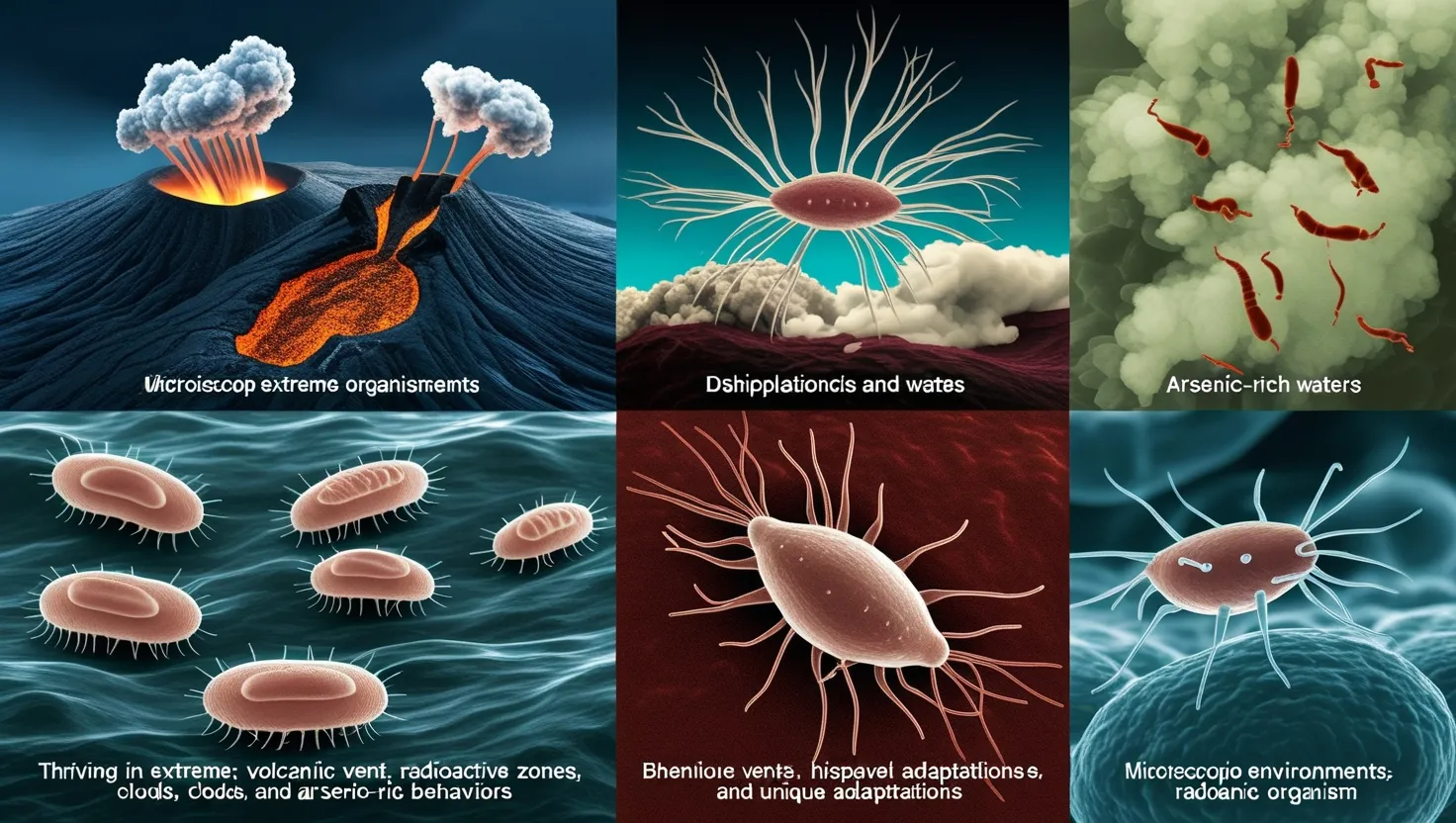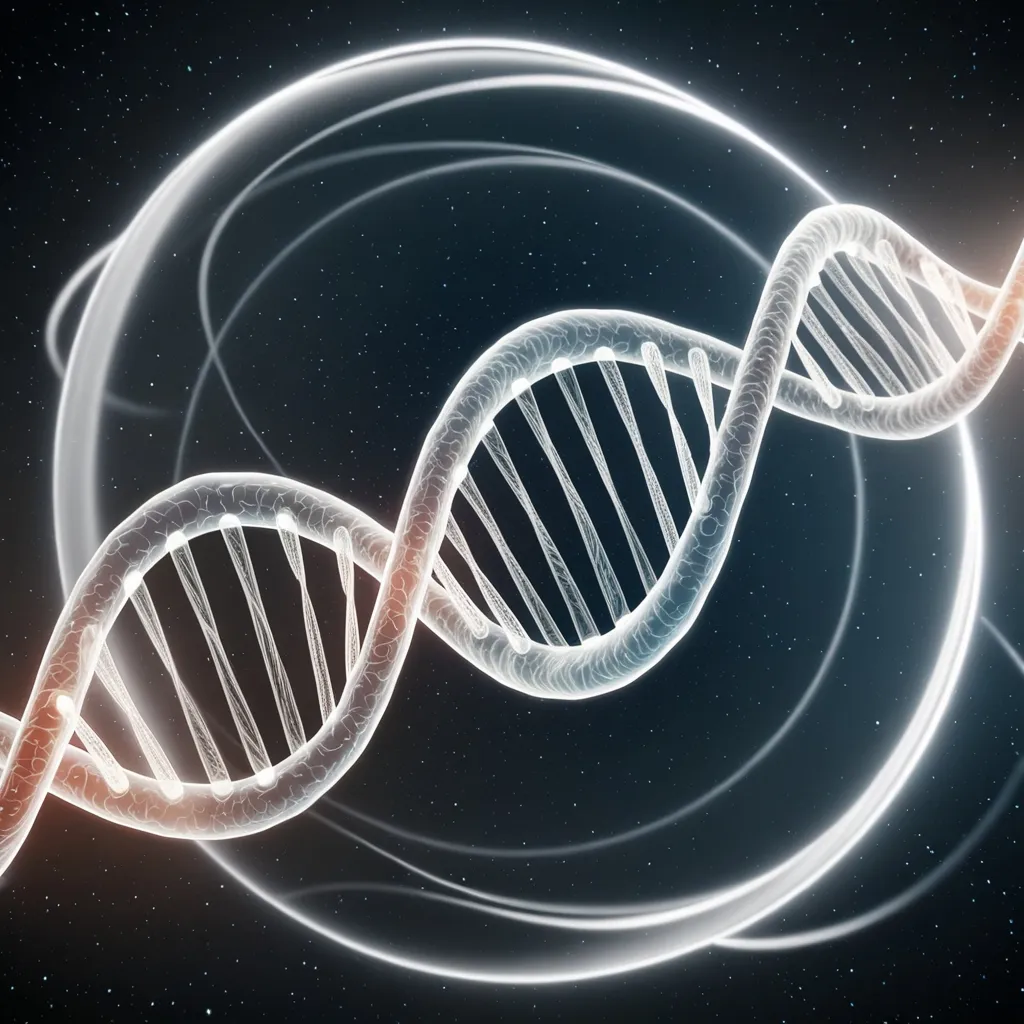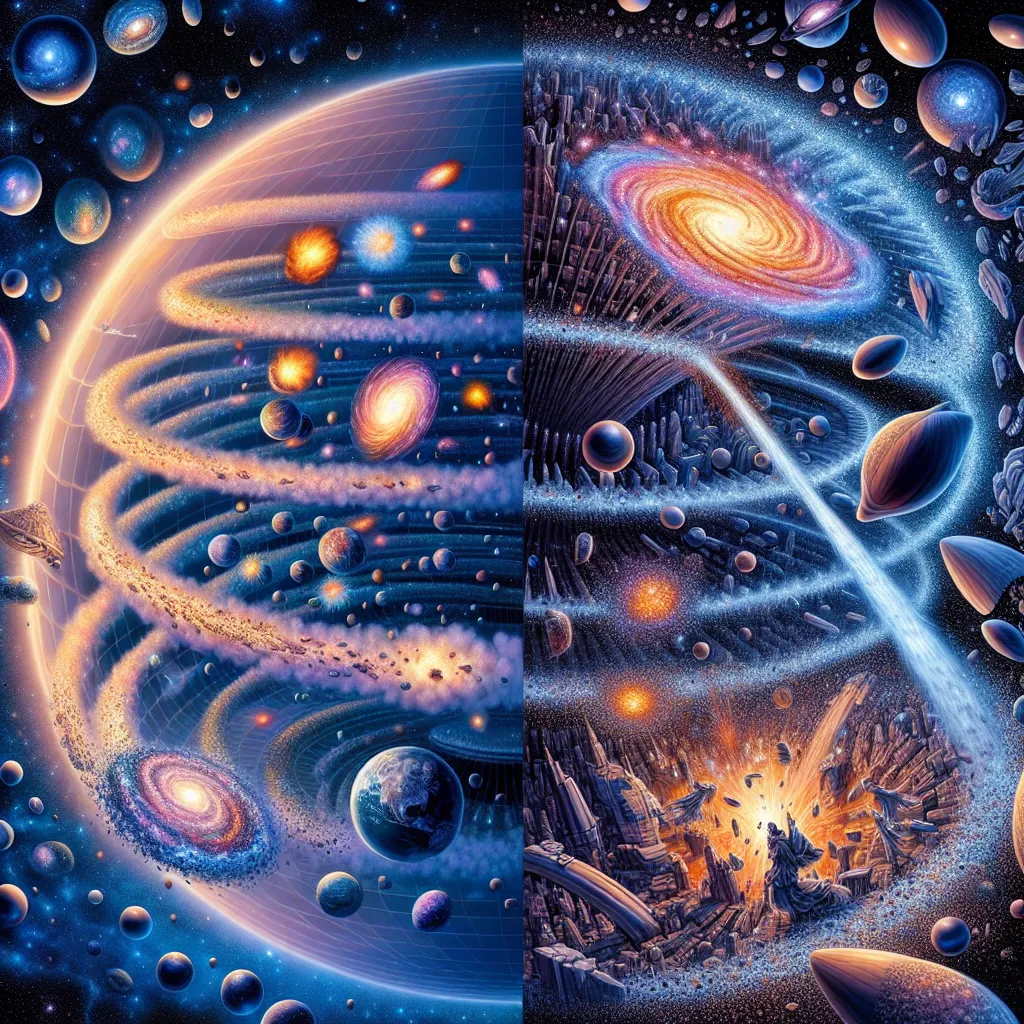Quantum mechanics, the bizarre realm of subatomic particles, has long been confined to the sterile environments of physics laboratories. But what if these strange effects were happening right under our noses, in the living, breathing world around us? Recent research suggests that quantum phenomena may play crucial roles in biological processes, challenging our understanding of life itself.
Let’s dive into six remarkable quantum effects in living systems that are reshaping our view of biology:
The first quantum effect we’ll explore is the avian compass. Birds have an uncanny ability to navigate across vast distances during migration, and scientists now believe this may involve quantum processes in their eyes. When a photon of light strikes a protein called cryptochrome in a bird’s retina, it can create a pair of quantum-entangled electrons. These electrons’ spins are sensitive to Earth’s magnetic field, potentially allowing birds to “see” magnetic field lines as they fly.
“Not explaining how birds navigate is like not explaining how we see,” says biologist Thorsten Ritz. “It’s that fundamental.”
But how exactly do birds interpret this quantum information? And could we one day develop navigation technologies inspired by this natural quantum compass?
Moving from the sky to the leaves on trees, we encounter our second quantum effect: photosynthesis. Plants and some bacteria have evolved over billions of years to capture sunlight with remarkable efficiency. Recent studies suggest this may be due to quantum coherence - a phenomenon where particles exist in multiple states simultaneously.
In photosynthetic organisms, absorbed light creates excitations that can explore multiple energy transfer pathways at once, finding the most efficient route to the reaction center where chemical energy is produced. This quantum “shortcut” may explain how plants achieve energy conversion efficiencies of over 95% in ideal conditions.
Imagine if we could replicate this quantum-enhanced energy transfer in solar panels. How might that transform our renewable energy landscape?
Our third quantum effect takes us into the very blueprint of life: DNA. Mutations in DNA are typically explained by classical chemistry, but some scientists propose that quantum tunneling may play a role. Quantum tunneling allows particles to pass through energy barriers they classically shouldn’t be able to overcome.
In DNA, protons forming hydrogen bonds between base pairs might occasionally tunnel to new positions, leading to errors in DNA replication. While controversial, this idea suggests quantum effects could influence evolution itself.
“Nature isn’t classical, dammit, and if you want to make a simulation of nature, you’d better make it quantum mechanical,” declared physicist Richard Feynman. Perhaps this applies to biology more than we realized.
The fourth quantum effect brings us to the frontier of neuroscience and philosophy: human consciousness. Some researchers propose that quantum processes in brain microtubules could be the key to understanding consciousness. This controversial idea suggests that quantum coherence and entanglement in neural structures might give rise to our subjective experiences.
While hotly debated, this theory raises profound questions about the nature of mind and matter. Could our conscious experiences be fundamentally quantum phenomena?
Our fifth quantum effect involves the workhorses of biochemistry: enzymes. These molecular machines catalyze chemical reactions essential for life, and mounting evidence suggests they may harness quantum tunneling to enhance their efficiency.
By allowing protons or electrons to “tunnel” through energy barriers, enzymes might dramatically speed up certain reactions. This quantum boost could explain how enzymes achieve reaction rates far beyond classical predictions.
What if we could design artificial enzymes that exploit quantum effects? How might that revolutionize industries from pharmaceuticals to biofuels?
Finally, we come to our sense of smell. The conventional explanation for olfaction involves molecules binding to receptors based on their shape. However, some scientists propose that our noses might be detecting molecular vibrations through quantum tunneling instead.
In this model, electrons in nasal receptors tunnel between energy states, with the tunneling rate influenced by molecular vibrations. This could explain how we distinguish between molecules with identical shapes but different isotopes.
“I would rather have questions that can’t be answered than answers that can’t be questioned,” said physicist Richard Feynman. The field of quantum biology certainly provides plenty of both.
These six quantum effects in living systems represent just the tip of the iceberg. As our understanding grows, we may find that quantum phenomena are not just exotic curiosities, but fundamental aspects of life itself.
The implications of quantum biology extend far beyond academic interest. By understanding how nature harnesses quantum effects, we could develop new technologies in fields ranging from medicine to computing. Quantum-inspired photovoltaics could revolutionize solar energy. Artificial quantum sensors could detect diseases earlier than ever before. And quantum biology might even shed light on the origins of life itself.
However, many questions remain. How prevalent are quantum effects in biology? How did evolution stumble upon and optimize these quantum processes? And how can we conclusively prove quantum phenomena in the messy, warm environment of living things?
As we continue to explore the quantum frontier of biology, we’re likely to encounter more surprises that challenge our classical understanding of life. The line between physics and biology is blurring, revealing a world where the weirdness of quantum mechanics may be essential to the everyday functions of living things.
What other biological processes might have quantum roots waiting to be discovered? And how might this quantum perspective change our understanding of what it means to be alive?
In the words of physicist Niels Bohr, “If quantum mechanics hasn’t profoundly shocked you, you haven’t understood it yet.” Perhaps the same could be said for quantum biology. As we peer deeper into the quantum nature of life, we may find that the living world is even stranger and more marvelous than we ever imagined.






